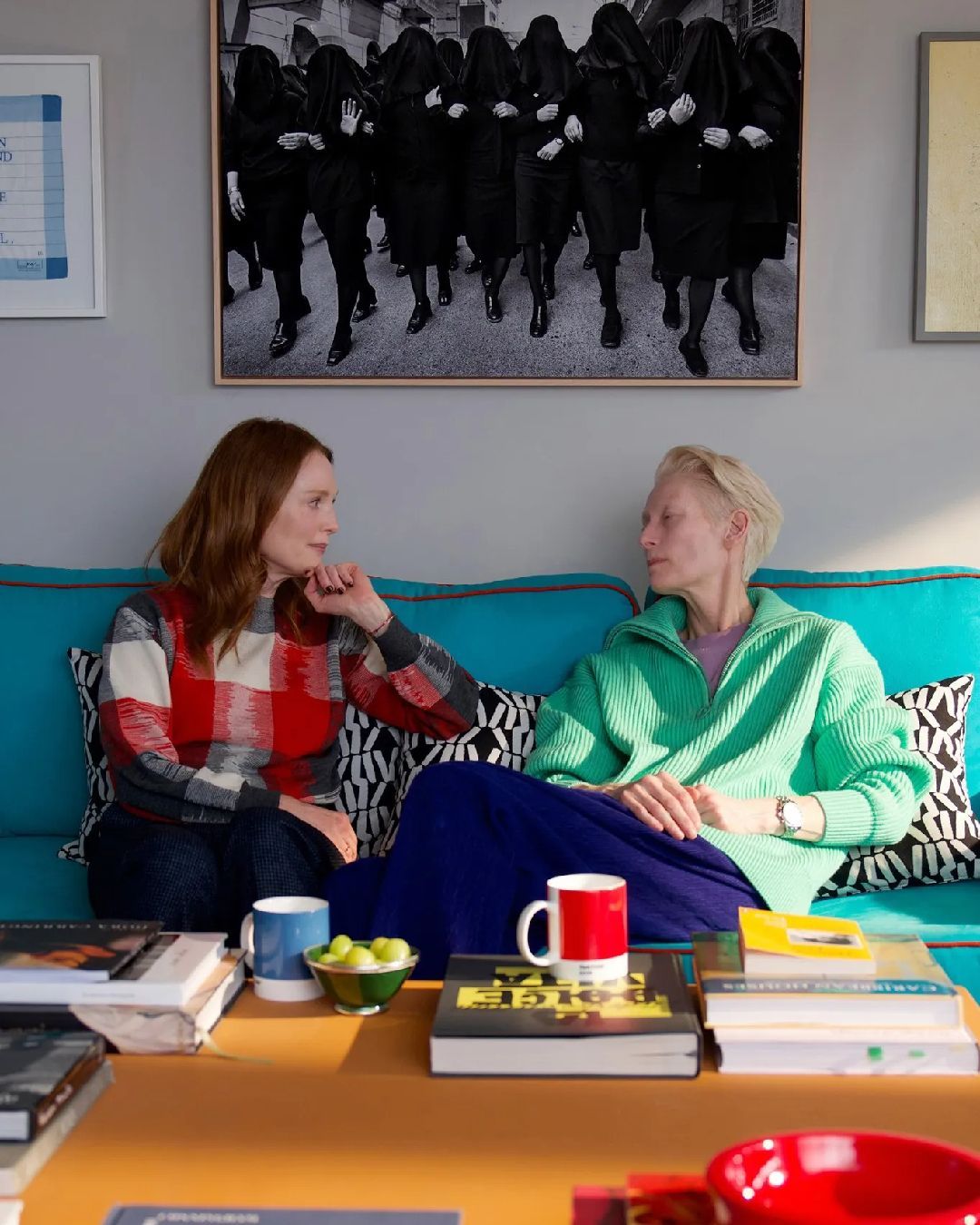
Barbie, Oppenheimer and cinema in the service of fashion What the success of Greta Gerwig and Christoper Nolan's films teaches us
That fashion and film are increasingly linked is hardly news. On and off the red carpets, celebrities are now the favorite endorsers of the big fashion brands, chosen with the task of bringing closer to the general public a world that would otherwise be unattainable for many. To understand this, it is enough to think of the spasmodic anxiety with which we follow the Oscars just to judge the looks of the stars present at the ceremony, but also of the impact that the writers' and actors' strike will have on the fashion industry between now and the next few months. A very close relationship indeed, but one that involves the audience and observers passively, helpless spectators to a parade of stars wearing outfits whose figures would make many of us dizzy. But what if cinema found an active role in the fashion world?
Something similar we had seen last year, when the theatrical release of Minions 2 - How Crane Gets Naughty had given rise to the social phenomenon dubbed the "Gentleminions," hordes of young people aged 13 to 17 flocking to American theaters to watch the Dreamworks film dressed strictly in a suit and tie. If at the time the whole thing translated mainly into a social phenomenon, the recent Barbienheimer has had a quite different impact in and out of movie theaters. If just as with Minions, Greta Gerwig, and Christopher Nolan's films also brought thousands of thematically dressed people into theaters, what the two films managed to do more of was stir the desires and consumer needs of those who may not have even been in the theater. As reported by The Guardian, for department store John Lewis, the release of Oppenheimer coincided with a 21 percent increase in fedora sales, while London-based Herbert Johnson saw an uptick in requests from the younger demographic. While the idea of wanting to dress like the father of the atomic bomb is certainly not appealing, part of the credit for this sudden interest in the American physicist's clothing goes to costume designer Ellen Mirojnick. «I see Oppenheimer as a rock star,» she told The Guardian. «He was very careful about his appearance. He was memorable. He embodied the power of communication like no one else.» But if making the character played by Cillian Murphy cool was a long and complex process - to the point that Nolan and Mirojnick involved three different craftsmen before finding the one capable of creating the perfect fedora, when done by Warner Bros. with Barbie is probably unprecedented.
In an article published in TheWrap, Jeremy Fuster tells the behind-the-scenes story of what was internally dubbed "Operation Barbie Summer," a promotional campaign that began last January and came to involve more than 22 different fashion brands, from Zara to Balmain. «Our goal was to show everyone that 'Barbie' was more than just a movie with Barbie,» said Warner Group co-president Michael De Luca, describing the process that turned a simple movie into a lifestyle phenomenon capable of having a real impact on consumption in fashion. According to Stileo, clicks on products with the "Barbie" tag on the platform have seen a 450 percent increase in recent weeks, while in the past seven days, uses of "pink" as a color filter have seen a 9.1 percent increase across all fashion categories. The Barbiecore, as it has been renamed since its inception, is certainly not an invention of Mattel and the Warner team, but rather has its roots in something that already existed de time - did someone say Valentino Pink PP Collection? - while managing, however, to make it pop and of public interest. But if Greta Gerwin's success can be considered a boon for the doll industry, set to reach $14 billion by 2027, this can also be seen with a virtuous example of collaboration between fashion and film, a constructive relationship between two worlds that often only exchange the superfluous with each other and that instead, in a time of mutual hardship, would have all the means to be each other's economic support.















































